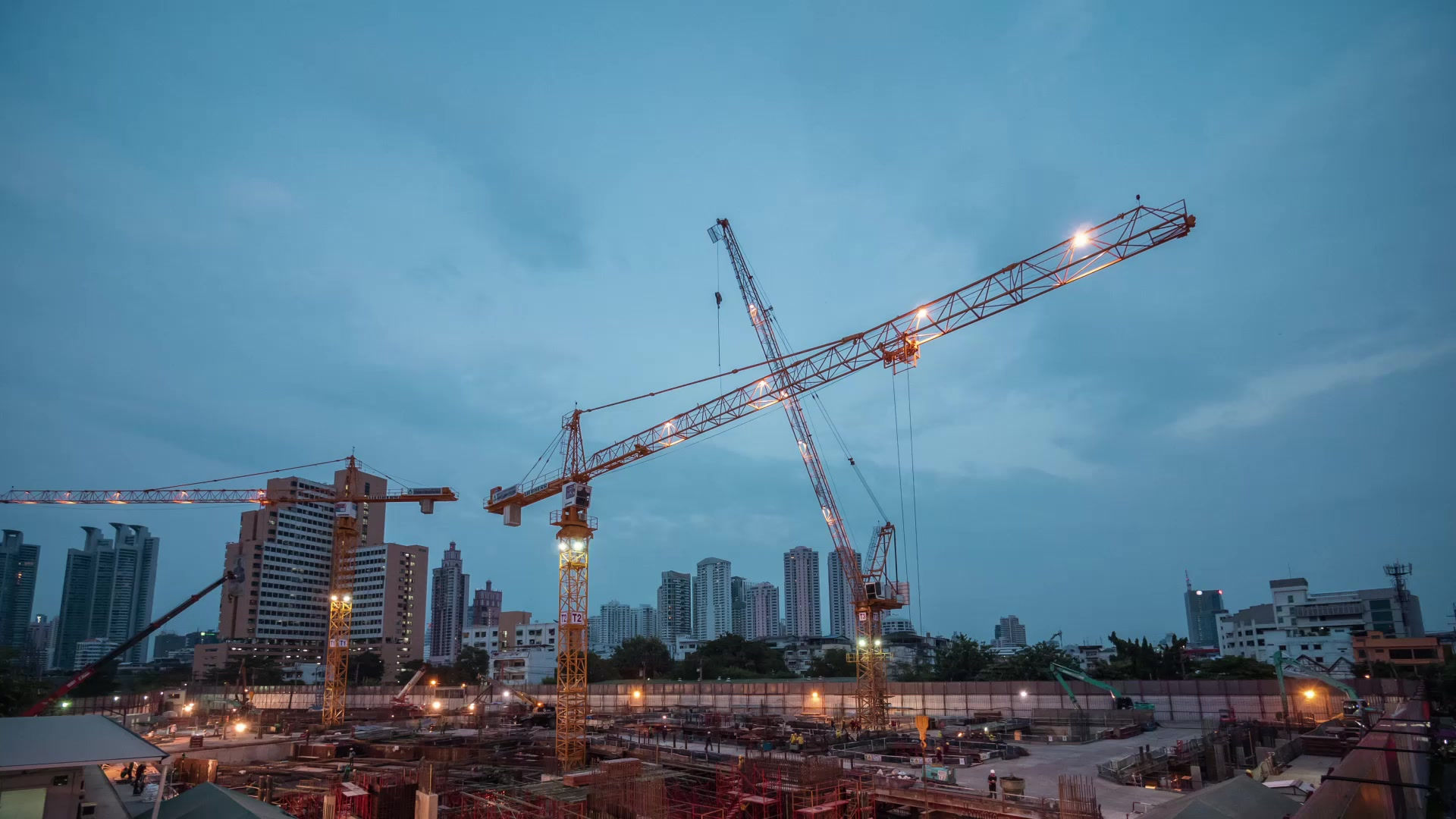Do I need a SAP Calculation for my extension?
- Dean

- Jan 21, 2020
- 3 min read
Updated: May 21, 2020
SAP calculations are used to calculate and assess the energy efficiency of houses. They are part of the government’s plan to reduce carbon emissions and tackle fuel poverty, and are needed to make sure new dwellings comply with Part L of the Building Regulations of England & Wales.
But some confusion can occur when it comes to extensions – do they need SAP calculations? The short answer is no, not all extensions require them. This depends on the amount of glazing within the proposed project.

What are the rules?
Building Regulations require that, when planning an extension, areas of new glazing should account for no more than 25% of the new floor area (plus an allowance for any existing windows that are being removed). This is to maximize energy efficiency as glazing and openings lose more heat than walls and roofs.
But with recent trends towards extending houses to add new, light airy spaces with full width bi-fold doors and skylights, many extension designs will propose more than the 25% allowance, and therefore will not comply against this rule. This is where SAP calculations are required.
How do SAP calculations help – Notional Reports vs Proposed Reports?
If you are planning a highly glazed extension, there is a solution – Part L1B of the Building Regulations allows for the ‘more flexible approach’ of the comparison of two reports:
The Notional Report: A SAP calculation is made on the existing house with an extension attached to it, which is built to the exact specification of the Building Regulations, with exact U values (the thermal insulation level) and an area of glazing capped at the 25% allowance. This is called the Notional Extension or Report.
The Proposed Report: A SAP calculation is then produced for the house and extension as they will actually be built – this can include upgrading of elements within the existing house or over compensating in other elements of the extension.
The comparison: The SAP calculations should prove that the CO2 from the house and the extension that will actually be built (Proposed Report) is no higher than the CO2 from the house and notional extension (Notional Report).
What improvements & alterations can help?
Having larger areas of glazing can result in the positive effect of increased solar gains within the winter months. As solar gains provide natural warming to the house, these reduce the need for heating and can result in lower CO2 emissions in the Proposed Report when compared to the Notional Report.
Within the existing house relatively small alterations and upgrades could be included such as adding an extra roll of insulation to the loft or replacing an older style boiler to a newer more efficient model.
Alternatively, a pass can be achieved by increasing the proposed level of insulation within the extension, or installing more efficient glazing.
Other SAP considerations for extensions
Other areas to remember when planning an extension are:
If you are looking to replace an existing structure, any replacements cannot just be like for like – they will need to comply with current regulations, including walls, plumbing and electrics.
Likewise, any upgrade of existing elements must be to the minimum standard of the Building Regulations.
Including the SAP calculations at the very start of the design process for any highly glazed extension can save you time and money.
Using an approved SAP assessor
At Diland EPC our accredited assessors work on SAP Calculations every day and can share their knowledge and experience with you. By working with you during the initial planning stages, interpreting your designs and specification, we can provide you with effective solutions to make your extension compliant with Building Regulations Part L.





Comments